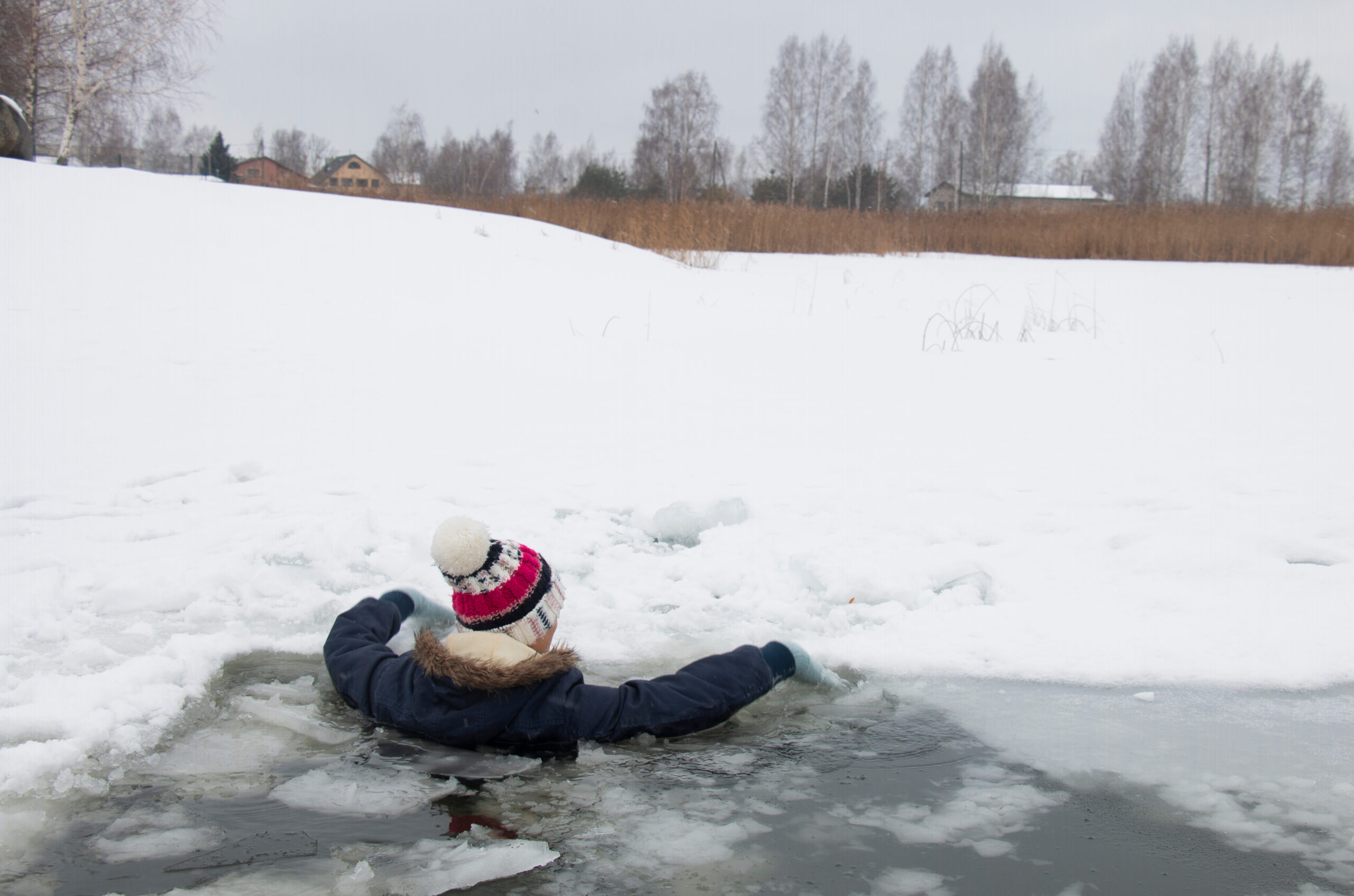Introduction
Hypothermia causes serious medical adverse events. When hypothermia is severe (core body temperature below 30 degrees C), body functions begin to fail, and clinically the patient may have no clinical signs of life. On the other hand, medically induce hypothermia, and other forms of hypothermia can be life-preserving, especially in patients without associated asphyxia. Unless apparent death is present (i.e., rigor mortis, livedo mortis, decomposition), the hypothermic patient should be resuscitated aggressively, including with rewarming therapies.
Accidental hypothermia occurs when body temperature is under 35-36 degrees C. This is often the result of one of the following:
- Exposure to cold weather
- Immersion in cold water
- Exposure to cold in those who have impaired temperature regulation
Individuals with impaired temperature regulation include those with insulin-dependent diabetes, the elderly, malnourished, intoxicated, or chronically ill. In these patients, mechanisms for warming such as normal basal metabolic rate, shivering reflex, and autonomic vasoconstriction are poorly or non-functional. Immersion in cold water (i.e., water temperature under 21 degrees C) leads to rapid loss of body heat due to the increased conductive losses that occur in water (about 30 times more than in air). About 50% of people submerged in 4 degrees C water will expire in an hour. These patients are also at risk for associated asphyxiation and hypoxia. Unfortunately, the hypoxia usually occurs before a body temperature reaching a level of hypothermia that would be protective. Consequently, recovery is greater in submersion in icy water, in which early protective hypothermia can occur.

Cold water exposure causes hypothermia.
Pathophysiology of Hypothermia
During severe hypothermia, certain physiological changes occur, including decrease oxygen consumption and blood flow to the brain, decreased cardiac output, and arterial blood pressure. Patients may appear dead to due to depressed neurologic function. Due to the decreased oxygen consumption and metabolism, already present hypothermia can be protective at the time of cardiac arrest as there are reduced blood flow and oxygen requirement. This is the mechanism for the rare complete recovery associated with cardiac arrest in the hypothermic and is likely the mechanism of action for the benefits of medically induced hypothermia following VF associated cardiac arrest.